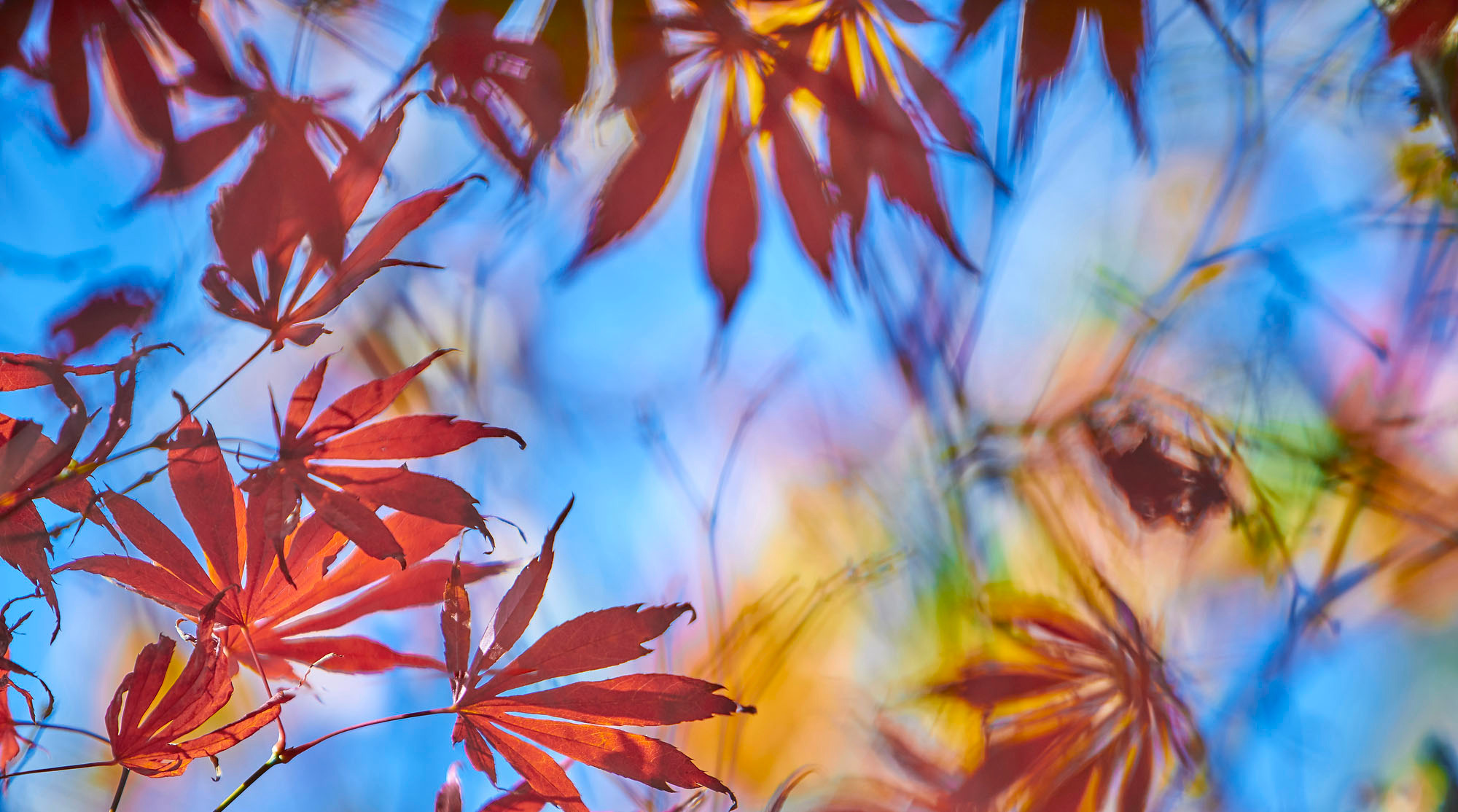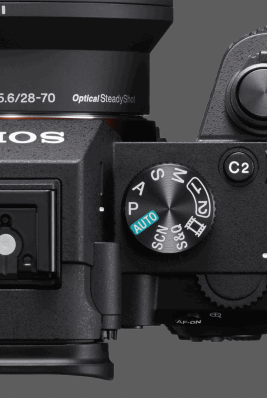This is the first in an occasional series on colour.
Your camera captures highly accurate colour data, and in huge amounts. But it’s not the only player in the imaging chain between your scene and someone seeing your image. Our task is to keep colour reproduction intact along that chain.
Luckily for you, colour photography in the digital age is a lot cleaner than it was in film days: no chemicals to make up, so worries about fading and uncontrolled reactions. In some ways, it’s very simple: we now describe a colour using sets of just three numbers referring to Red:Green:Blue.

In the diagram above, the values are like 255:250:240: strong colours that combine to make white.
But in many ways, it’s a lot more complicated.
The reason is that working with colour in photography is like currency dealing. Depending on which country you’re in, one unit of money means a dollar, one euro, or a rouble. And all these have different values compared to each other. So, according to which piece of equipment - camera, screen, printer - you working with, colour units are ‘worth’ slightly different amounts.
Colour differences
The result is that the same colour numbers can produce differing colours – ranging from just visibly to obviously different. This is because each device works in its individual way. Sensors receive light from under coloured filters, monitors shine light through coloured filters; printed papers absorb through inks.

This shows a common problem: lovely colours for screen (left) but in print (right), the reds and blues go dull.
As photographers we are mostly keen to be sure the colours we’ve so carefully tweaked on our computer screens will come out in the print or web page. Rather like currency - you have to convert from one (monitor) to the other (paper) using recognized rates. This is what colour profiles do.
Profiling suspects
But wait. There is a problem, Colour monitors can show a greater range (gamut) of colours than, say, an ink-jet print. On the other we - human beings - can see and distinguish a lot more colours than any colour monitor. (It’s time to abandon the currency analogy.)
We describe the extent of colours that an instrument can record or show with colour space.

This diagram shows one view of sRGB space - that’s the standard colour space used for monitors today. The actual space is like a squashed pyramid, so this is just one angle of it. If you turn the space around, it changes shape. What’s important is to compare it with another colour space. Look at the giclée or high-quality ink-jet print:

See how the colour space is a squeezed version of the sRGB space. This means it can’t show as big a range of colours as monitors. But if you look at other views of the space you will see it actually extends further than sRGB. This means it’s not only a smaller space, but has a different shape.
What’s it mean
These differences between colour space - size and shape - are the reason why it’s tricky to be sure that what you see on screen is exactly what gets printed. Similar reasoning will show why it is that what we see cannot be fully matched by what your camera records. So it should be no surprise the review image on a camera LCD may look different from the image on a computer screen.
Fortunately, the colour space differences between devices is systematic and can be defined precisely. This takes us back to the colour profile. Much of the time, precise control is not necessary, as subtlety of shading usually doesn’t depend on colour accuracy. For example, this image is dominated by neutral tones, so a few colours coming out weaker, stronger or slightly shifted won’t present any major problems.

Calibration and profiles
Before you can use profiles, you need to sort out the centre of your digital photography: your monitor. It’s a core that you make sure your monitor shows colours accurately and reliably. This means it should be calibrated, then measured up (or ‘profiled’) so that you can be confident it shows colours as it should.
It is best to calibrate and profile your monitor using a hardware device such as the well-known hardware colour calibration or colorimeters. They’re not hugely expensive - a couple of medium-sized memory cards - yet they can have a truly big impact on your photography. Follow instructions on the aim points: I work to a Gamma or G-bar of 2.2, a White Point of 5000 K, and luminance of 90.
Once you have a monitor profile, be sure to use it (follow System Preferences or Settings instructions). You can then be confident you monitor shows colours very similar to the colours of other, properly, set up monitors.
The next step is to be sure you are in the correct colour space when making decisions about the look of your images. You will work in sRGB space for images intended for viewing on monitors - social media, your portfolio, a web site.
It gets more complicated for other output as different ink-jet papers use different profiles, i.e. they work in colour spaces that are slightly different from each other. The good news is that we’re over the horrible days - only about 10 years back - when differences could be wild and maddening.
For day-to-day purposes, modern printers deliver images pretty close to what you see on a monitor. But colour management is very much about managing your expectations. Don’t expect any paper to reproduce the same vibrancy of a top-class monitor screen. It’s just not physically possible. And don’t expect office photo-copy paper to produce the vibrant colours of an expensive gloss ink-jet paper.
But if you use good paper, the manufacturer’s inks in an mid-range modern printer, you can easily pull a beautiful print from your images. You lucky people.
Tom Ang
New Zealand Digital Imaging Ambassador
Want to know more? Anything about colour that you just can’t understand? Try me! Write to me at tomangphoto@gmail.com and I’ll do my best for the next article for Sony Scene.









